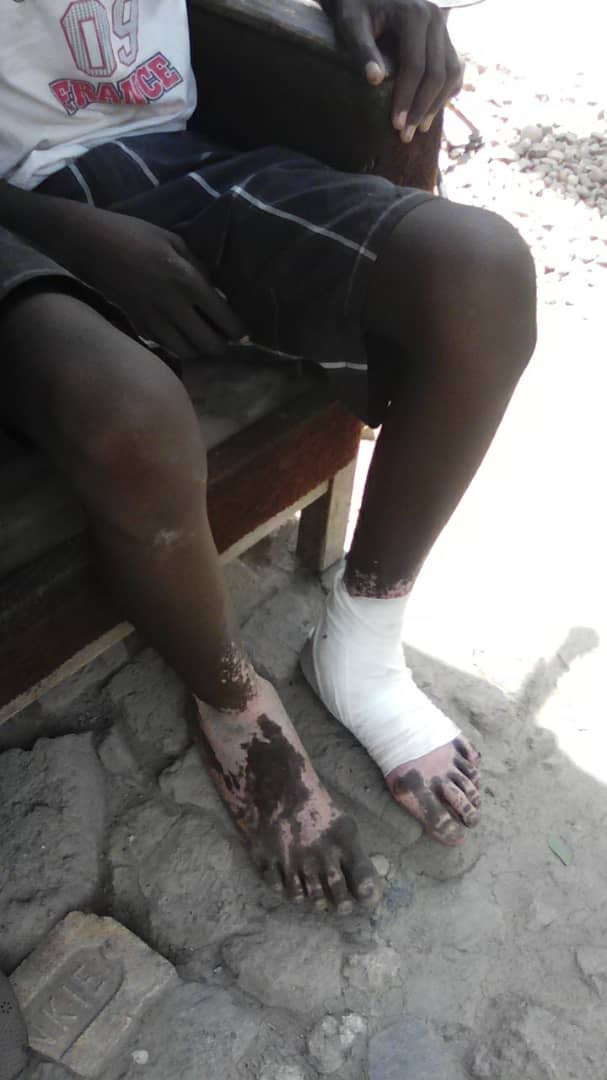BY NOKUTHABA DLAMINI
The Hwange Colliery Company (HCCL) has contracted a top German engineering company to find solutions to underground coal fires that led to the death of several residents in the town and have begun to pose a risk to infrastructure.
Charles Zinyemba, HCCL managing director, revealed that the German firm only identified as DTM had started work in November this year but was interrupted by the Covid-19 pandemic.
“As part of long-term mitigation measures, Hwange Colliery Company has since contracted a German based specialist company to assist with necessary interventions,” Zinyemba said in a statement on December 24.
“The organisation is among the best engineering teams in the world, who have intervened in coal seam fires such as we are experiencing.
“DTM works scheduled to commence in November 2021 were stalled by Covid challenges but are now sure to commence in the first quarter of 2022.”
DTM is the only company, which offered its services for managing the fires using modern and cost-effective methods among other companies, which HCCL consulted, he added.
“DTM provided the edge through comprehensive solutions to include:- – sub surface fire detection, – location of hotspots, – magnetic mapping of underground fires, – seismo-acoustic of the fire centres and depth, – laser scanning of underground cavities, – crack mapping and rock mechanical analysis, – planning and supervision of injection campaigns including type of the injection slurry, – devising extinguishing strategies and workflow,” Zinyemba added.
“We have confidence that put together, all the above interventions will soon absolutely contain the spontaneous fires, all to the best interest of the Hwange citizenry and related stakeholders.”

Undergound coal fires have destroyed a section of the road linking the Number 2 and 3 villagers in Hwange
Zinyemba issued after a picture of the damage caused by underground fires on the road linking Number 2 and Number 3 villages in Hwange circulated on social media.
The MD said HCCL had rolled out several strategies to protect residents against the underground fires.
“We wish to draw attention to Hwange community and the general public at large that Hwange Colliery Company is very much alive to the underground fires in our concessions,” Zinyemba said.
“As a precautionary measure, campaigns were and will continue to be carried out in schools and villages.
“Tribal elders were engaged to assist in disseminating this information to the villagers.
“Communities in close proximity to the affected areas were and will continue to be informed of temporary measures to manage risks such as:- road diversions to Number 3 village, barricading as well as placement of signages at the affected areas.
“In addition, HCCL has invested in a drone that has a thermal camera for security purposes and identification of underground fires.”
An eight-year-old Hwange girl Alisha Sekina Muzviti died early this month after he was badly burnt by the seam coal fires.
Several other people have died in the past after they were burnt by the fires in concessions owned by HCCL.

 Slider3 years ago
Slider3 years ago
 National4 years ago
National4 years ago
 Tourism and Environment4 years ago
Tourism and Environment4 years ago
 Opinion4 years ago
Opinion4 years ago
 Special reports4 years ago
Special reports4 years ago
 National4 years ago
National4 years ago
 National3 years ago
National3 years ago
 National3 years ago
National3 years ago




